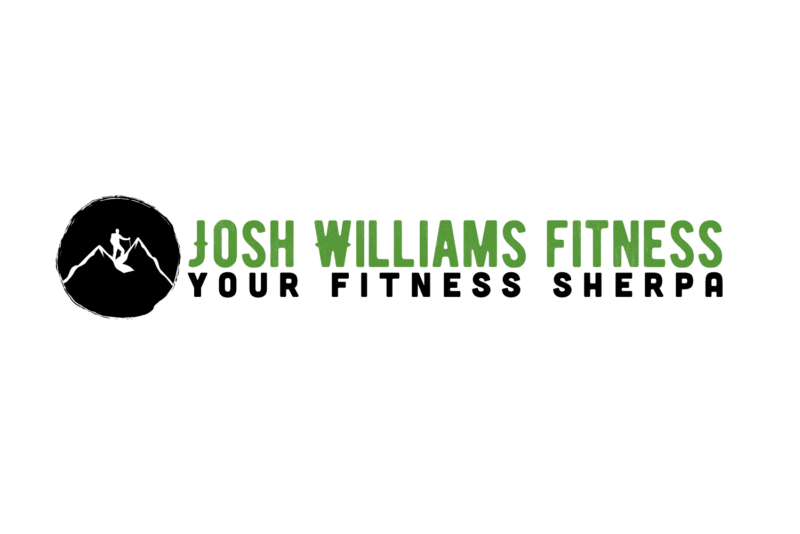
The body can do many wonderful and unique movements, and the majority of those movements are made up of six movements done in combination with each other.
That is why a good program should focus on these six movements at its base. The movements are Press (push up), Row (pulling), Squat (sitting), Hinge (bending), Lunge (single leg), and Carrie (walking).
Let’s look at each one individually.
Press
Think of pushing something away from your body, pushing a kid on a swing, or pushing a door open. Lifting and pressing overhead are also in this category.
Exercises we use are Bench Press variations, overhead pressing variations, and shoulder strengthening exercises, like front and lateral raises.
We want to develop pressing movements because if we have strong arms and chests, we are less likely to injure ourselves when picking something up, reaching and lifting an object, and even better prepare ourselves to catch ourselves when we trip or fall.
Row
Also, it could be called pulling, bringing an object closer to our body.
Exercises we see are rowing variations and pull up and pull down variations.
The most significant benefit of doing rows is not just giving great hugs but also helping with good posture and shoulder health. Rows counteract the muscle on the front of the body, think chest and delt. When we do a lot of work in front of our body, the chest and delts can become overly active, and our back muscles can become weak due to lack of use.
Developing the back muscles will help prevent problems from a bad poster by keeping your shoulders in an ideal position, which will also help avoid shoulder problems down the road.
Squat
We use this pattern every day in activities like sitting and standing or anytime we do a change in level with our body, like crouching down.
There are many ways to perform a Squat, bodyweight, weight held high, held low, held to the side, and many more.
Proper Squat will ensure mobility of the ankles, knees, and hips. Also, keeping leg strength up helping to prevent hip and knee injuries down the line.
Hinge
We use hinging a lot in activities like bending and picking something up; we also see a hinge in the athletic world when an athlete explodes out of their starting position.
Exercises we use are Swings, Deadlifts, RDLs, Glute Bridges, and SLDL.
Learning to hinge will ensure strong glutes and a strong connection between the upper and lower body when picking up an object. If we do not know how to move our lower body and upper body to pick up an object correctly, we are more likely to use our back. Hinging will prevent lower back pain from happening down the road.
Lunge
Another way to look at Lunges is to think of single-leg movements; the biggest carryover with Lunges is walking or running.
Exercises in the Lunge family are Step Ups, Reverse Lunges, Bulgarian Split Squats, and Lateral Lunges.
The biggest benefit of doing Lunges is learning how to stabilizer your weight on one side of the body and then be able to step to the other leg and transfer weight to that side of the body while maintaining good balance and alignment. This is important for walking, hike, running, and playing all kinds of sports and activities.
Carries
A simple exercise that has tremendous carry over to the rest of your life Carries will strengthen your arms, shoulders, core, hips, and legs. They will work on many of the same points made about Lunges on transferring weight from one leg to another.
You will see different kinds of carries, Farmers, Suitcase, Crossbody, Overhead, Shoulder Carries, and the list goes on.
Carries primarily work the core and teach keeping proper alignment in the face of different external forces such as weights and movement; they are tremendous at developing endurance in the core, which will benefit you in your everyday life. Developing a solid carrie will help you become stronger in all the movements listed above; they are the glue that holds all other movements together or at least helps all other movements.
I hope this helps you see the value in doing these six movements consistently.
Your Fitness Sherpa,
Josh









